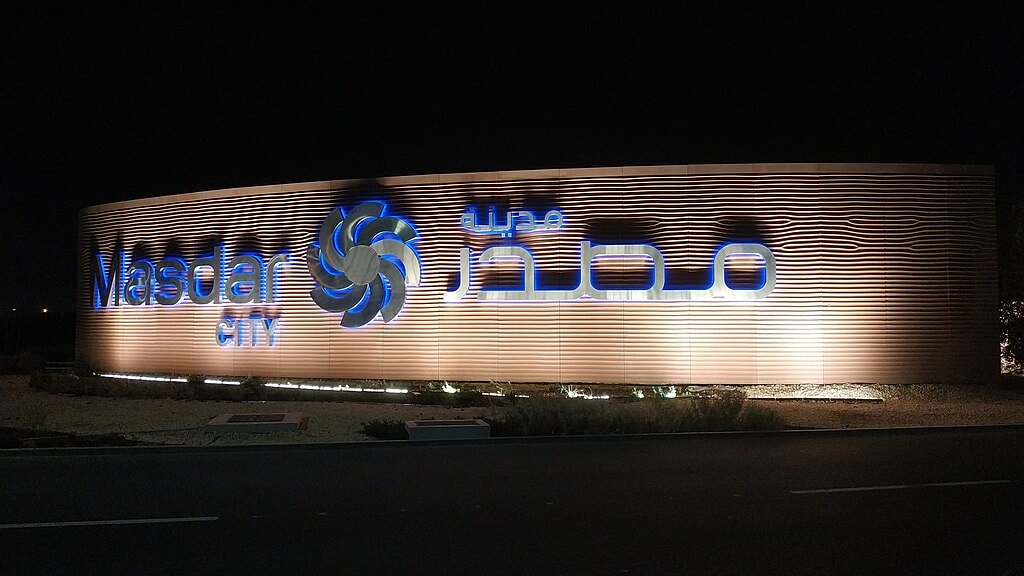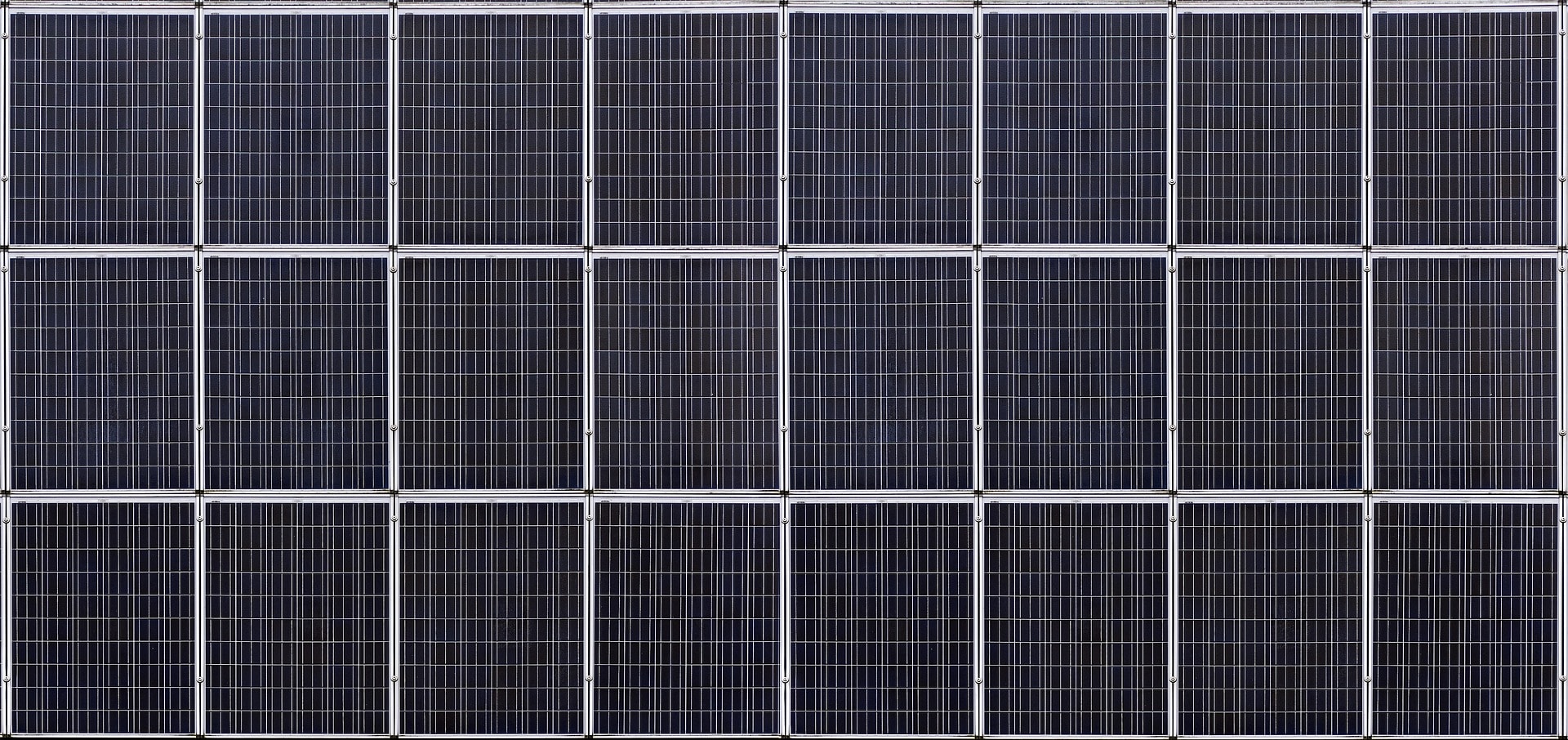Engineering has always been about building for what lies ahead, creating lasting legacies in the form of extraordinary buildings or resilient infrastructure that can stand for centuries. WSP’s sustainability director David Symons looks at some of the ways the profession is designing now to be future ready.
Now more than ever we need to adopt a future ready approach to design which anticipates developing trends in climate, society, technology and resources. And although we can’t see precisely into the future we can build schemes that will be adaptable to suit our changing needs.
We are asking engineers working now to think about ways to support the hotter, windier, wetter cities that are predicted for decades hence. And that can involve a mind-boggling range of solutions to meet, for instance, the demands set in UN Sustainable Goal 11 focusing on rapid urbanisation.
The UN predicts that more than half of humanity, around five billion people, will be living in cities by 2030. By 2050 this number will reach over six billion. Cities in 2019 house 3.5 billion people and occupy just 3% of the Earth’s land, but account for 60-80% of energy consumption and 75% of carbon emissions. What can engineers do to create places that are safe, comfortable and healthy to live in long into the future?

Options can include creating space without encouraging urban sprawl by building upwards and, more challengingly, downwards; and planning everything with a fundamental switch to electrical power in mind to reduce carbon emissions.
Solutions don’t necessarily have to be expensive but they do require engineers to build in flexibility up front and to explain that need to their clients. Engineers are by definition problem solvers and we are challenging them to be at the heart of solving the big issues of the future. We are giving them the chance to create something compelling and exciting that will be around for hundreds of years. Future ready really is at the leading edge of intelligent engineering.
Let’s look in detail at just one aspect — how you can create extra space in already densely developed cities.
Taking Urban Development Underground
Cities are gaining 77 million new residents each year, equivalent to the population of Turkey or Germany and twice that of California. Over the first three decades of this century, the global increase in land cover is expected to be greater than all urban expansion so far in human history. Urban centres ranging in size from 500,000 to 10 million residents will continue to evolve, putting land in these high density areas at a premium.
Underground construction is creating new opportunities and approaches to sustainability to address those realities. And there is a growing recognition that the future should include integrated cities where underground facilities link up with infrastructure and make life above ground more enjoyable.
In addition to roads, railways and storage that often already go underground we can add cinemas, libraries, entertainment venues, department stores, supermarkets, parking lots, retail malls, pedestrian routes, factories, waste facilities and even support agriculture.
I’d argue that we must start planning for the underground city now.
Of course, this is not a new concept. In the early 1960s, Montreal, Canada embarked on a visionary project designed to cover exposed railway tracks connected to the Central Station, located in the heart of downtown. The initial development connected an office tower, an underground shopping mall, a major hotel and the station via a pedestrian tunnel system. This has since developed into a network spanning 33 kilometres that is used by as many as 500,000 people and contains bus terminals, business, housing, restaurants, parking, university pavilions and much more.
Sixty years later, there is a growing number of schemes that include plans below the pavement all around the world.
For example, in north-central Paris an abandoned underground parking garage below a 300 unit affordable housing complex has become the La Caverne subterranean farm — 3,500 square metres of underground permaculture that produces 54 tonnes of vegetables and mushrooms annually.
And in March this year, Singapore’s Urban Redevelopment Authority unveiled its 2019 draft masterplan proposals for an inclusive, sustainable and resilient city that included designating three areas to develop underground.
The strategy intends to free up surface land for people-centric uses by relocating utilities, transport, storage and industrial facilities underground. The authority is rolling out 3D underground maps for Marina Bay, Jurong Innovation District and Punggol Digital District to show the underground use potential and planning requirements for these three pilot areas for developers and building owners. The 3D underground plan will be expanded to include more areas in the future.
At WSP we are engaged in future ready underground infrastructure around the world.
In Sweden we are involved in redeveloping the Slussen Bus Terminal in central Stockholm into an underground transport hub linking commuters with buses, trains and metro lines. With surface space at a premium the decision was made to excavate more than 250,000 square metres of rock to create caverns to house the new underground terminal. When the work is complete in 2023, surface space will be freed up for redevelopment as part of a dynamic new urban quarter.
And in Mexico, Garden Santa Fe in Mexico City is an above ground park complete with a running track and terrace that surrounds a seven level underground shopping centre housing retail stores, entertainment, a food court and three levels of parking. Central to the scheme are three inverted glass cones that project natural light and ventilation into the mall.
You can find out more about what is going on with underground construction worldwide in our report “Taking Urban Development Underground.”
Creating Space Out of Thin Air
That’s down, but what about up? Cities have been building skyscrapers for a long time but finding land to build them on as development becomes denser and pricier in city centres will be a future challenge.
But with clever engineering, space can be conjured out of thin air. At Principal Tower in London we have helped create a new 50 storey mixed-use development in the air above railway lines, but so discreetly that residents never know that trains are running beneath the buildings.
Buildings have been erected over railways before, but the really tricky part for us was that, almost half of the Principal Tower’s foundation had to leave space beneath in a protected corridor for a potential further two tracks in and out of Liverpool Street station — known as the eight track corridor.
At the same time the architect Foster & Partners did not want the conventional, visible, massive arches or A frames that are the usual options for bridging rail lines, so a primary objective was to develop a design that looked like it was built on solid ground. Our solution had to be a hidden gem.

We devised a design that involved forming the sides of the protected rail corridor out of 1.5 metre diameter piles and reinforced concrete capping beams six metres deep, effectively creating a tunnel. But the proximity of a protected building meant we had no space for an angled deep transfer slab so our approach was to create a maze of load paths instead, using transfer structures from level seven of the tower down to direct loads away from the rail corridor and toward the heavy substructures.
Principal Tower has been a showcase of what is possible with precision engineering in the empty space over railway lines. And the possibilities of that space have been the subject of research we have done at WSP to tease out the full potential of creating new space for infrastructure to address London’s housing crisis.
In our study “Out of Thin Air,” we analysed London’s rail infrastructure and concluded that development of the capital’s most viable “overbuild” sites could potentially provide the city with more than 250,000 new homes — or several years’ housing supply. A follow up report — “Out of Thin Air One Year On” aimed to identify the best sites and in doing that found that more than 280,000 new homes are possible at rail overbuild sites.
The benefits of the approach are many. Clearly no new land or major demolition is required. But more importantly the developments would offer a sustainable solution to urban development. They would give residents greater mobility, placing them closer to rail and or metro stations while at the same time promoting the ridership of public transport, cutting car use and helping to reduce emissions and improve air quality.
Just as one example, on a site at Wandsworth Common in south London, we could build over four main rail lines in a cutting around six metres deep and 120 metres long, with a width of 120 metres. The decking solution here would involve precast concrete beams spanning around 18 metres supported on concrete walls. The cutting is wide enough for the heavy residential part of the overbuild to sit over the cutting slopes, with the span over the railway carrying more modest loads from landscaping and public realm spaces. And in terms of homes, development of half the site area would generate 540 homes.
The methodology we used to gauge overbuild potential can equally be employed to identify similar opportunities in any dense, space-constrained city, anywhere in the world. Applying an informed estimate of 1,200 homes per hectare on rail land indicates that Melbourne, Australia, could create around 77,000 new homes within 10 kilometres of its centre, while Vancouver, Canada could build 46,000 hew homes. In Copenhagen, the potential is almost 42,000 homes.
Editor’s Picks — Related Articles:

“New York DNA between Art, Architecture and Urban Green”

“Building a Sustainable Future: Architecture in Copenhagen”
By taking a global perspective, engineers are able to draw on best practice from all over the world as they look to tailor solutions for specific circumstances such as growing populations. Future ready is at the leading edge of intelligent engineering and it will have a positive impact as this century unfolds.
You can find more Future ready solutions here: www.wspforthefuture.co.uk
The Energy Challenge
The “electrification of everything” is designed to reduce emissions of greenhouse gases and its effect will be largely felt in cities which account for about 70% of carbon dioxide emissions. The transition to electricity is to be one of the defining features of the cities of the future.
We are already designing schemes in anticipation of an electric lifestyle. In Bermondsey, London, a Grosvenor Estates proposal for 1,600 residential units and 14,800 square metres of flexible commercial space is designed with the idea that cars, heating and day to day life will be powered by electricity. We looked at how vehicle patterns mean that residents will move away from car ownership to pool vehicles, with car club vehicles to be provided on site and facilities put in place in anticipation that many of these will be electric vehicles.
With oil resources finite and electric power in growing favour we are working for the Crown Prince of Bahrain through the Ministry of Housing Special Projects to design a town for up to 60,000 people as part of the country’s efforts to reshape its economy. This includes creating an urban environment to enable and encourage walking in the five months of the year when the weather allows in shaded streets.
To cope with rising demand for energy, cities are developing innovative strategies to generate, distribute and consume energy as cleanly and efficiently as possible while addressing issues of reliability and security.
One such strategy involves the use of microgrids and distributed energy systems.
These represent the next stage in the push toward electrification; a way to reach into the far corners where the big grids cannot go, and to make electric service more reliable, clean and less costly.
Most will be located close to a point of consumption, generally in an area with a defined boundary such as a residential district, a university or corporate campus. Microgrids help reduce the cost and potential energy loss involved in transmitting electricity over long distances, they support energy reliability because they can disconnect from the grid and operate in “islanded” mode under emergency conditions and they can contribute to sustainability goals by incorporating renewable energy sources.
As an example, in Quebec, Canada, Hydro-Quebec is developing a microgrid in Lac-Megantic as a way of testing new technology with the goal of rolling it out elsewhere. Being planned with our assistance, the project calls for the installation of solar panels on 30 residential and commercial buildings with a total of 300 kW installed capacity, 300 kWh of battery storage and electric vehicle charging stations.
What is clear to us, and should be for everyone involved in infrastructure, is that for future goals to be achieved, the hard work starts now.
Around the world engineers have signed up to the UN sustainability goals and are developing ways to meet the ambitions. What is clear to us, and should be for everyone involved in infrastructure, is that for future goals to be achieved, the hard work starts now.















